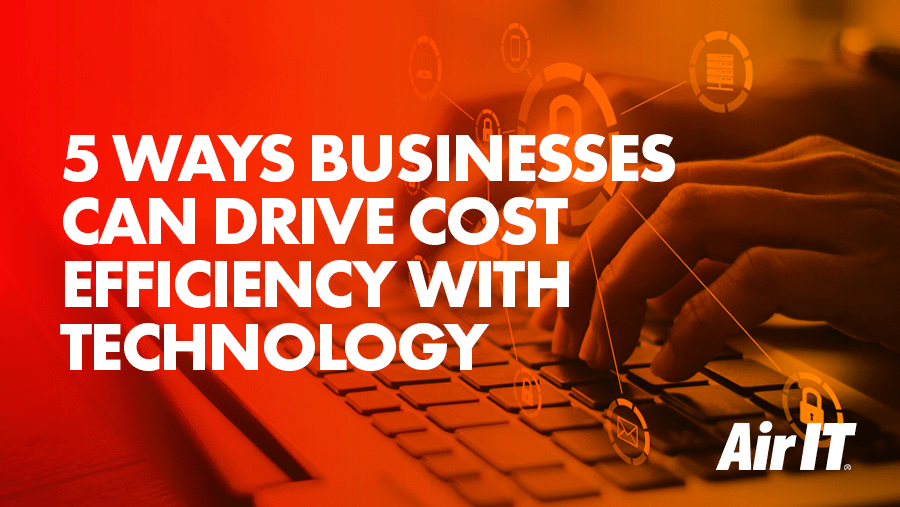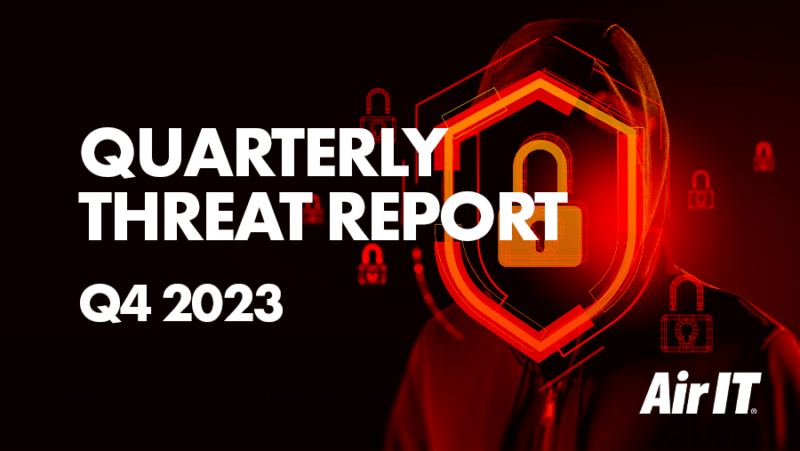Cost efficiency is important to any business as it ensures your business is profitable, successful, and sustainable. If your business is not cost-efficient, you will end up running your business to the ground by spending more money than you are generating. In this article we share some ways that will help your business improve cost efficiency with technology.

1. Moving to the cloud
Moving to the cloud brings powerful benefits, not only does it save money in several ways, but it also saves time, increases flexibility and scalability, boots productivity and allows businesses to meet fast-changing demands easily.
Lower maintenance costs
Moving to the cloud reduces the need for hardware as you will not be responsible for infrastructure such as servers, generators, or UPS systems, and the excessive costs of maintaining and updating them. Benefits of moving to the cloud is that the cloud provider updates and maintains the server as well as the application software, taking the financial pressures off your hands.
Lower energy costs
Moving your storage to the cloud eliminates your on-premises IT infrastructure costs as you will not be paying the energy costs to power the equipment.
Cloud computing is 93% more energy-efficient than on-premises data centres. * Research by Berkeley Lab and Northwestern University, found that businesses could save between 60% and 85% in energy costs when they change over to cloud-based services.
*Microsoft Corporation and WSP Global Inc
Pay for what you use
Another cost benefit of moving to the cloud is that there are no high upfront costs or hidden fees, so you do not have any unpleasant surprises. You only pay for what you need, and with a fixed fee pricing model this helps your cash-flow and financial planning and is easily scalable to support your business through growth.
2. Set an IT budget
Creating an IT budget helps you understand how much money you have, how much you have spent and to plan how much money you need in the future. Budgeting also allows businesses to identify ongoing expenses and gives you an idea of how revenue and outgoings vary across months, quarters, and years. It can then be adjusted according to predicted changes and new priorities.
It is extremely easy for a business to lose track of their on-going expenses such as subscriptions, peripherals, telecoms or network infrastructure and security, creating a budget allows you to collate these in one place so you can see how much and how often you are spending.
Creating a budget will also allow you to establish whether these recurring costs are still a necessity for your business or not. It can be tempting to reduce costs by delaying or cancelling things like training courses that seem like more of a ‘want’ than a ‘need.’ However, it is not worth risking the problems this could cause you later down the road. Skipping things like user awareness training may seem like a quick fix but can cost your business more money in the long run.
Download our FREE IT Budgeting template
3. Automation
Automation solutions can save your team endless hours and can add value to your organisation by reducing the amount of human labour needed for time-consuming, repetitive tasks, allowing your team to focus on higher-level tasks. Automation can also supply a simpler end-user experience, increasing efficiency and ROI and decreasing costs related to human error.
For example, replacing previous manual and time-consuming processes with an automated Backup and Disaster Recovery (BDR) system can increase efficiencies, whilst ensuring your business is fully protected in the case of a disaster – which could cost your business significant amounts in the event of loss of critical business data.
Some of the common automations processes include:
- Cloud automation
- Configuration
- Network management
- Security (such as monitoring and response)
Another type of automation that can help businesses increase efficiencies and productivity is Business Intelligence (BI), a process used to analyse, report and visualise data using analytical software services and tools. As well as enabling you to monitor performance, business intelligence allows you to translate data with greater speed and efficiency, so you can turn insights into strategic actions.
Business intelligence can be used to measure a wide range of metrics, KPIs, trends and insights, as they happen, using data from financial, marketing, customer service, HR and operations departments.
A huge shift from the traditional end-of-month ordeal, wherein managers could be spending a day or two collating and manipulating data to present to their board or team. Not only does this save valuable time, but it also supplies full transparency of your operations, so you can make strategic business decisions to help your business succeed.
4. User awareness training
Cyber security awareness training is no longer optional for businesses who wish to protect themselves against threats. In fact, over 90% of successful network breaches are caused by human error, whilst recent reports suggest 95% of attacks could have been prevented with basic cyber hygiene.
Four in ten businesses reported a cyber-attack or breach in the latest UK government survey, with the average cost of cyber-attacks in the last 12 months being £4,200. *
As threats continue to grow in number and complexity, it is critical to ensure your workforce is ready to recognise and respond to attack. By embedding a strong culture of cyber awareness and good hygiene with tailored security training and phishing simulation ensures your staff are the first line of defence against cyber crimes.
*Cyber Security Breaches Survey 2022
5. Outsourcing IT Support
Cost reduction is one of the biggest reasons to outsource your IT Support. The average salary of an IT Manager is within the region of £50,000 per annum, plus the added costs of recruitment, National Insurance contributions, pension contributions, equipment, on-going training, expenses, paid sick pay and additional overheads.
Outsourcing your IT to a Managed Service Provider could save you significant financial costs and time, and frees up time so you can focus on more strategic initiatives.
Whether you require fully managed IT or some extra help at times of peak demand, Air IT can provide a solution that is tailored specifically to you. Our fixed monthly fees include 24/7 proactive monitoring and maintenance of your network as well as remote and onsite IT support, so you can rest assured that there will be no unexpected costs.
Start driving your businesses cost efficiency today
If you would like to find out more about our services, please do not hesitate to get in touch.




